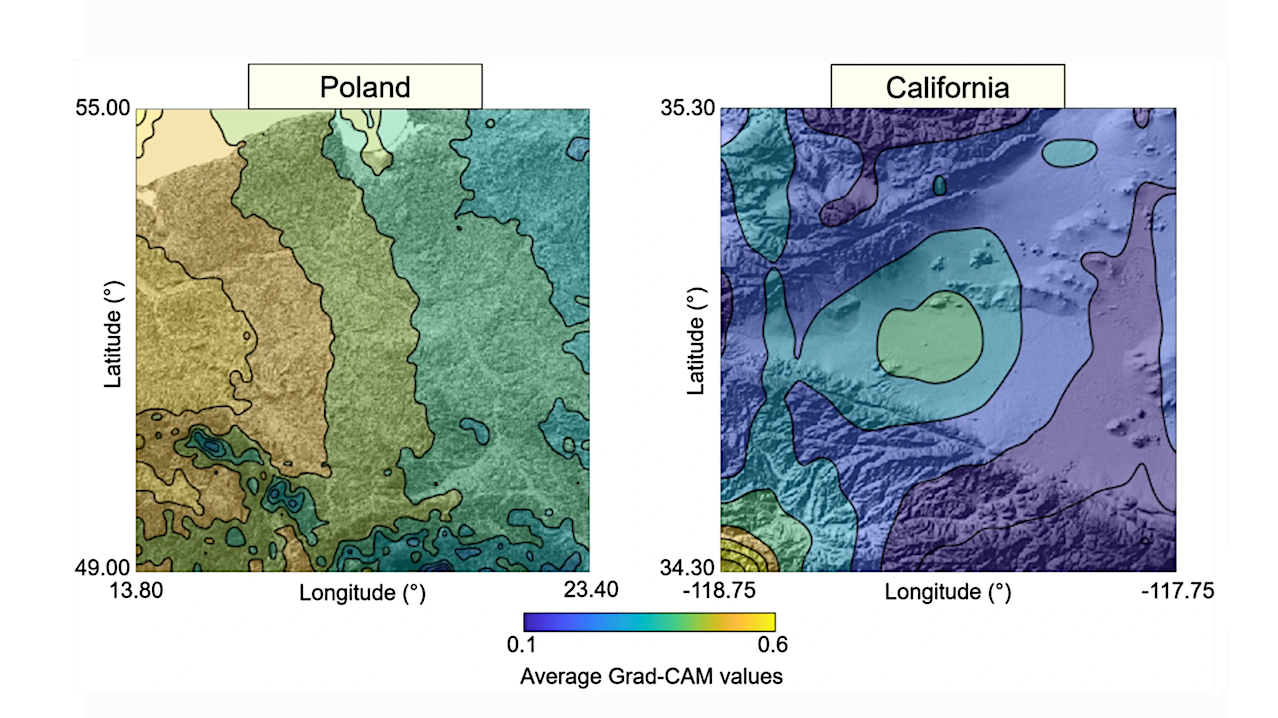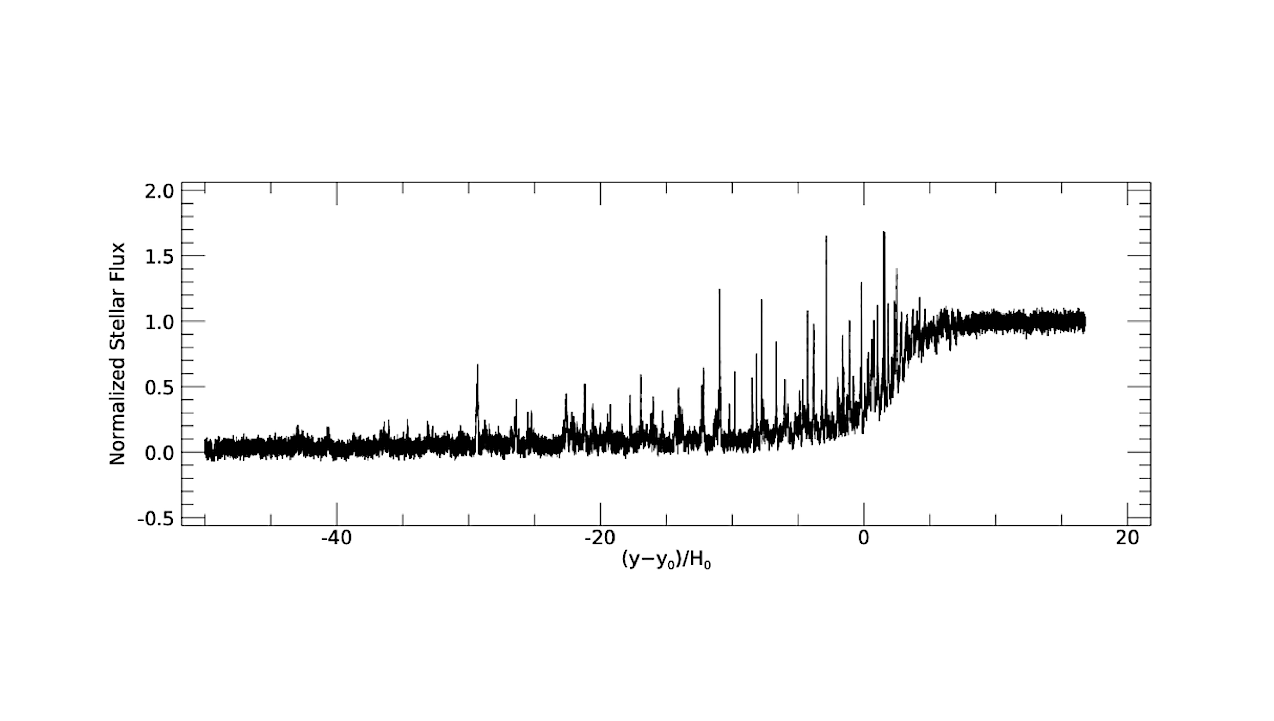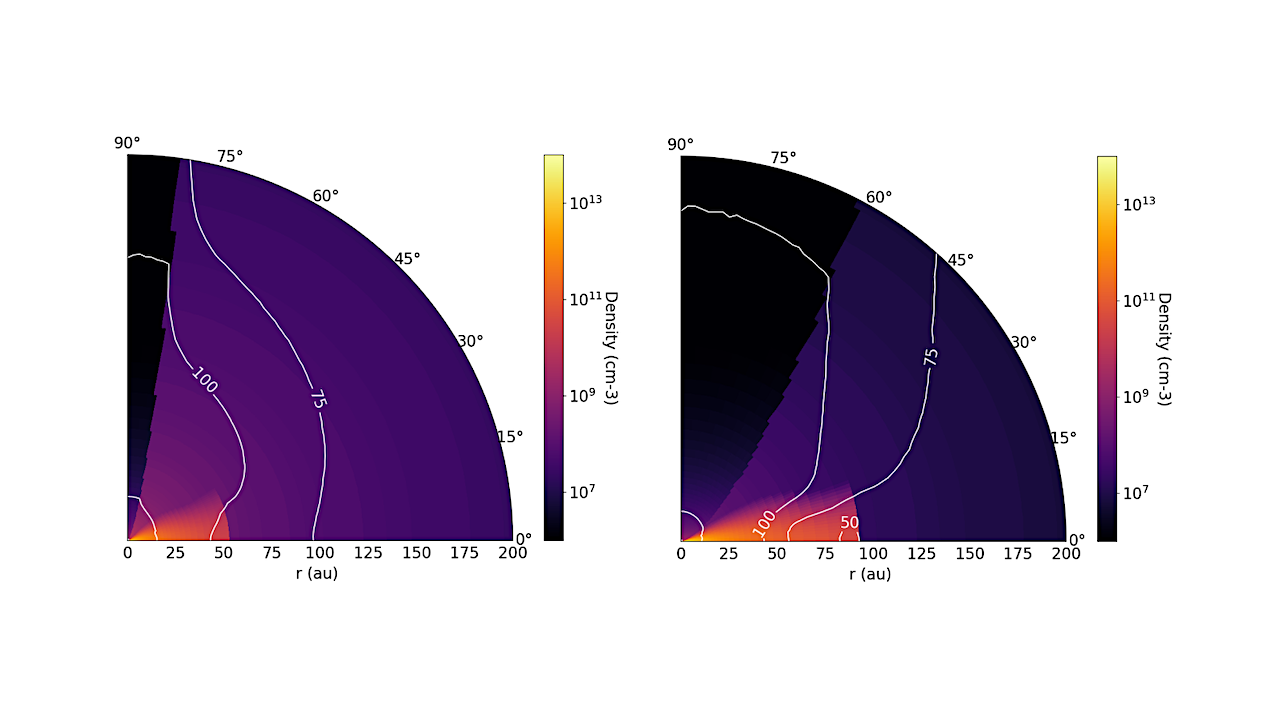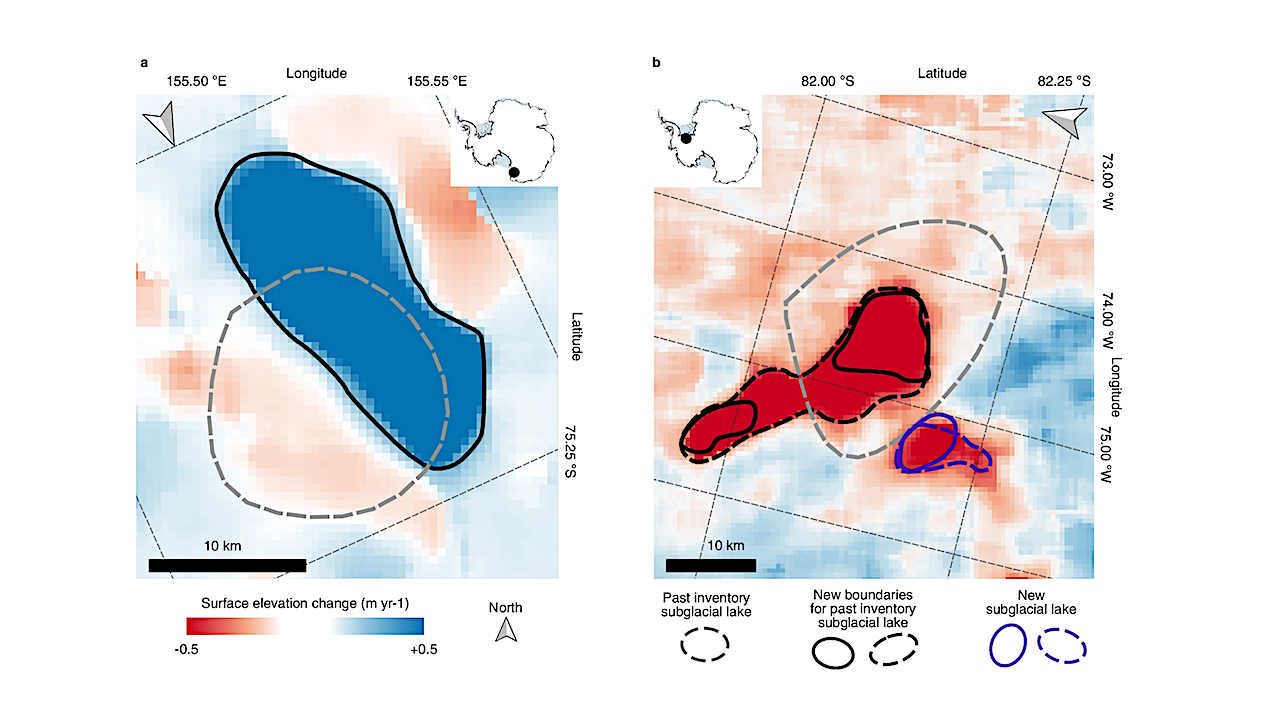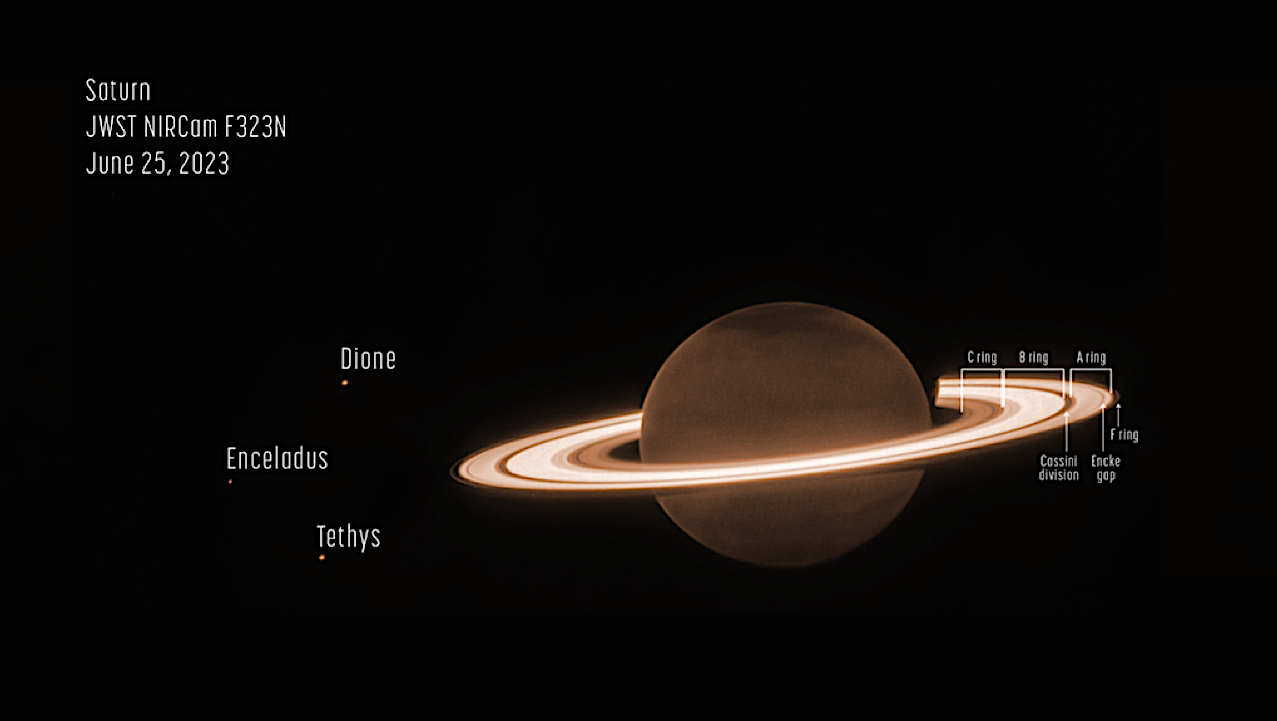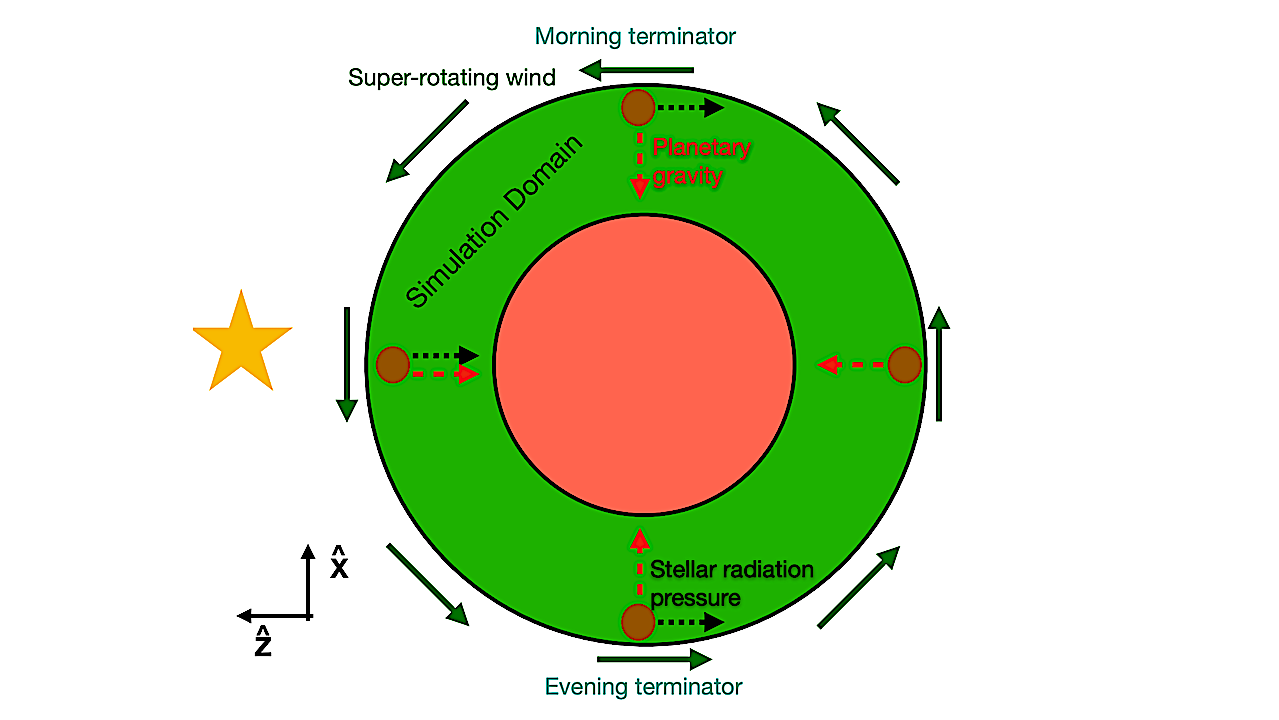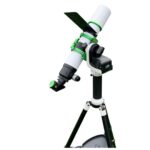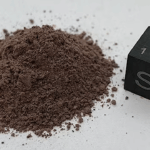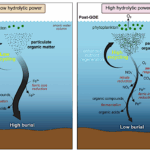Average Grad-CAM results for both study areas against the backdrop of the topography Satellite Navigation — Satellite Navigation Predicting local weather extremes remains one of the greatest hurdles in meteorology,
Astrobiology19- Page
The Uranus occultation of 1995 Sept 9 from SAAO. Here we plot the immersion in normalized stellar flux vs. distance in the shadow plane, relative to half light and scaled
Water planets like Earth may be rare — NASA An exoplanet orbiting a dwarf star 124 light-years from Earth made headlines around the world in April 2025. Researchers at the
Zoomed-in maps of the system at t = tff+10 kyr (top) and t = tff + 150 kyr (bottom). The colors represent the number density of the gas, while the
The proposed readout system builds upon high-TRL modular SpaceCube hardware. Left panel: The readout system uses a build-to-print SpaceCube v3.0 Mini FPGA card (primary side pictured) housing a Xilinx Kintex
a Surface elevation change from mid-2010 to mid-2020 over David 2 subglacial lake. The boundary delineated from the 2012 to late-2019 uplift event (black line) is shown alongside the corresponding
Detail of pāhoehoe lava flows of the Cumbre Vieja eruption from December 2021. The hammer is used a scale. — JGR Planets Editor’s note: when it comes to conducting field
The rings of Saturn and Uranus as imaged by JWST NIRCam. These images provide an empirical example in which the flux of the ring system is comparable to, or even
We present the discovery by the TESS mission of one transiting Neptune-sized planet, TOI-6223 b and two transiting super-Earths, TOI-1743 b and TOI-5799 b. We validate these planets using a
The schematic setup of our 2D equatorial band simulations, with our defined Cartesian coordinate system. The simulated band is shown in green. Aerosols with the directions of the gravitational force
-
 012024 in Review: Highlights from NASA in Silicon Valley
012024 in Review: Highlights from NASA in Silicon Valley -
 02Panasonic Leica Summilux DG 15mm f/1.7 ASPH review
02Panasonic Leica Summilux DG 15mm f/1.7 ASPH review -
 03How New NASA, India Earth Satellite NISAR Will See Earth
03How New NASA, India Earth Satellite NISAR Will See Earth -
 04And Thus Begins A New Year For Life On Earth
04And Thus Begins A New Year For Life On Earth -
 05Astronomy Activation Ambassadors: A New Era
05Astronomy Activation Ambassadors: A New Era -
06SpaceX launch surge helps set new global launch record in 2024
-
 07Space Force plans new ‘Futures Command’ amid pressure to speed up modernization
07Space Force plans new ‘Futures Command’ amid pressure to speed up modernization


